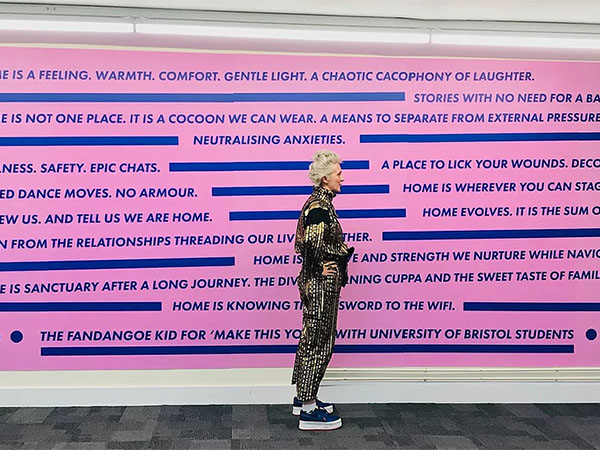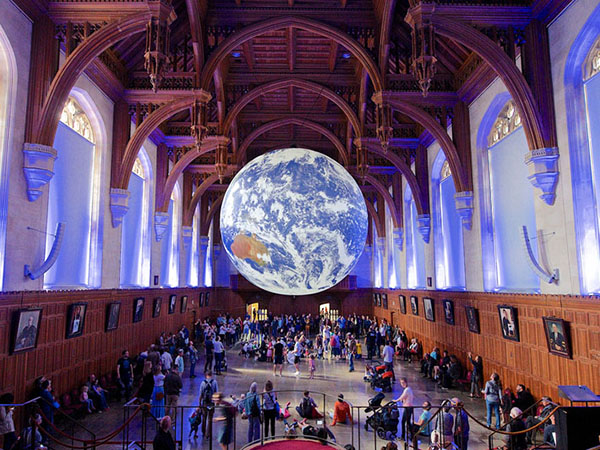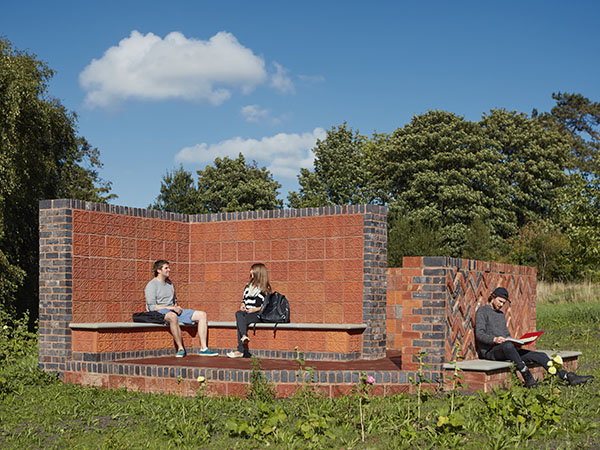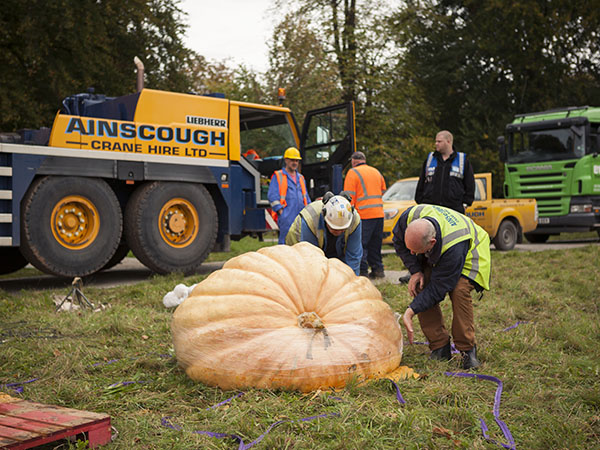Permanent artworks
Frank Benson, Castaway (2019)
Castaway is a depiction of a modern figure – a symbol of displaced and isolated people in the here and now.
Frank Benson
Castaway (2019)
Annie Cattrell, Atlas (2017)
Atlas comprises two spheres which enlarge and reduce the landmasses and seas that comprise planet Earth.
Annie Cattrell
Atlas (2017)
Professor Peter Green and Wilkinson Eyre, Voronoi Screen (2017)
The Voronoi Screen sits at the intersection of art and architecture and incorporates mathematical concepts into its design.
WilkinsonEyre and Professor Peter Green
Voronoi Screen (2017)
Jeppe Hein, Follow Me (2009)
Follow Me was commissioned for Royal Fort Gardens, Bristol to mark the centenary of the University of Bristol receiving its charter in 1909.
Jeppe Hein
Follow Me (2009)
Luke Jerram, Palm Temple (2020)
Inspired by Florence Cathedral, the colourful dichroic panels of Palm Temple reference the stained glass of a cathedral.
Luke Jerram
Palm Temple (2020)
Alex Lucas, Uncertain World (2015)
Commissioned and inspired by the University of Bristol’s Cabot Institute’s Uncertain World research.
Alex Lucas
Uncertain World (2015)
Katie Paterson, Hollow (2016)
Made up of 10,000 individual tree samples from across the globe, Hollow is a compendium of the world’s forests.
Katie Paterson
Hollow (2016)
Sarah Staton, Edith and Hans (2015)
A highly visible, extraordinary, permanent artwork which responds to the natural environment.
Sarah Staton
Edith and Hans (2015)
Henrietta Lacks (2021)
A life-size bronze statue of Henrietta Lacks, an African American woman whose cells were the first ever to survive and multiply outside the body, and whose use changed the course of modern medicine.
Helen Wilson-Roe
Henrietta Lacks (2021)




